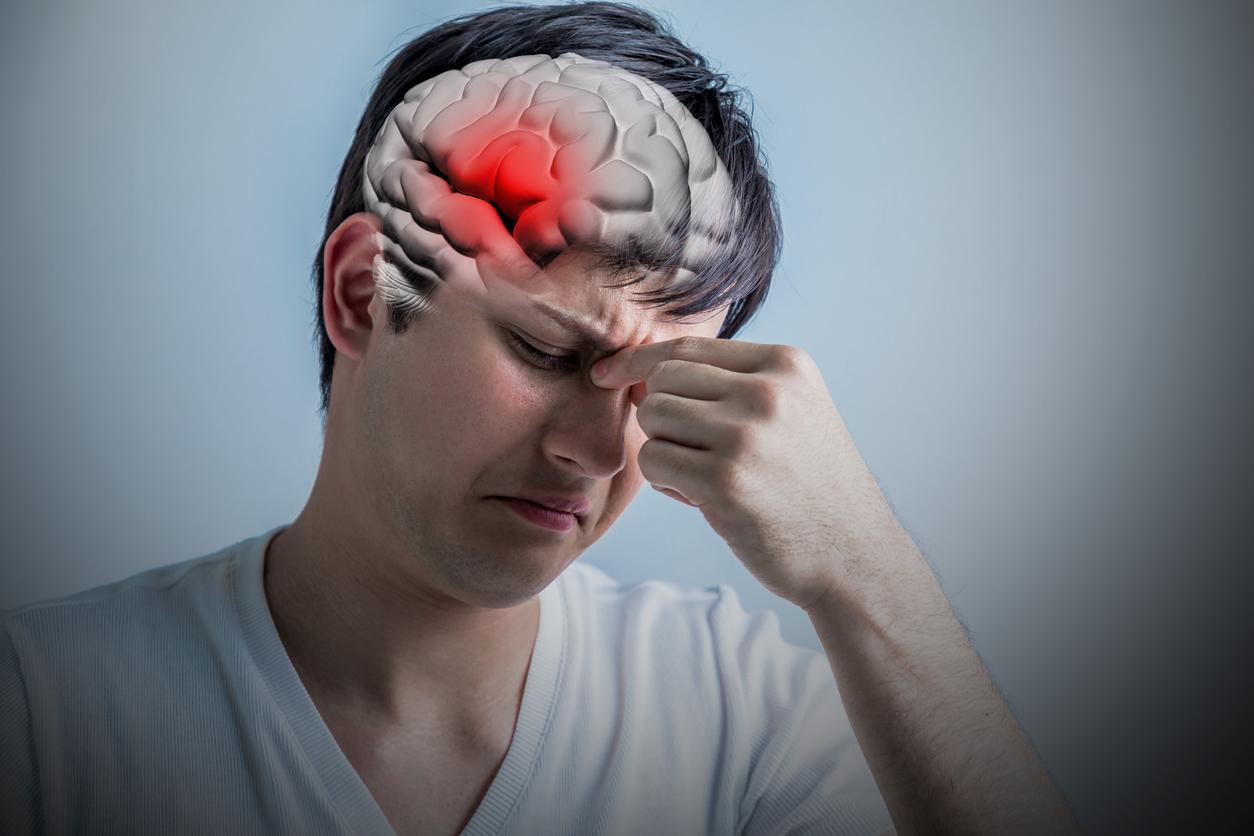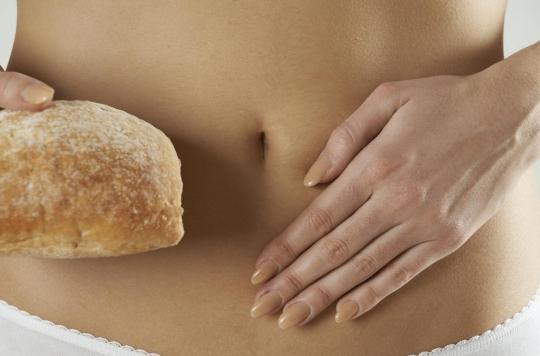
Everything about gluten in cosmetics
Stories circulate on the internet of women with sore, heavy eyes or spots on their faces; caused by the gluten in their mascara and lipstick. Monkey sandwich or kernel of truth? In other words: can a celiac patient get sick from cosmetics?
Also with celiac disease gluten hypersensitivity called, the body does not tolerate gluten. Gluten is a protein found in wheat, oats, rye, barley, spelt, and kamut. Foods containing gluten cause damage to the mucous membrane of the small intestine in people with celiac disease. As a result, the intestine cannot do its job properly. When people with celiac disease eat gluten, this causes complaints such as severe abdominal pain, chronic diarrhea or constipation, fatigue or even depression.
There is no cure for it celiac disease; the only solution to avoid complaints is to avoid gluten at all times. That in itself is difficult enough if you only have to limit yourself to food, because gluten is in almost everything (tip: download our free gluten-free recipe booklet). If you had to check your shampoo and eyeshadow too, things get complicated.
Not through the skin
The good news is that most cosmetics do not contain gluten. But it can happen that in the production of make-up, lip balm, facial creams, shampoos and toothpaste sometimes minimal amounts of gluten-containing grains are used. However, the chance of ingesting gluten through cosmetics is small. Most cosmetics do not come into contact with the mouth and gluten is not absorbed by the skin.
Toothpaste does end up in the mouth, of course. Then it’s good to know that normal toothpaste always gluten free. Special smokers’ toothpaste and denture adhesives may contain gluten. “However, the chance that this will lead to damage in the gut is minimal. It sometimes happens that a hypersensitivity reaction occurs, usually on the skin. This has no relationship with celiac disease,” says the Dutch Celiac Association then.
Security? Check the label
International experts disagree on whether lipstick, lip gloss, mouthwash whether toothpaste can indeed lead to reactions or whether the amount of gluten in these products is really too small to have any negative effect. The Dutch Cosmetics Association states that it has never been proven that cosmetics contribute to the aggravation of the symptoms of gluten intolerance. However, with products such as lipstick, toothpaste and mouthwashes, you may receive a small amount of product.
INCI names
If you’d rather be on the safe side, you can check the ingredient declaration to see if your favorite products contain ingredients derived from wheat, oats, rye and barley. You do this using the so-called INCI names.
Since 1996, the listing of ingredients on cosmetic products has been mandatory. All ingredients used in production must be listed on the packaging, including gluten-containing grains. In order to be able to list the ingredients in a uniform manner on cosmetics, standardized names are used for the ingredients, the INCI names. If you know the INCI names, you can determine whether the product is suitable for you on the basis of the label.
The INCI names that are important in case of gluten intolerance:
General
Hydroxypropyltrimonium hydrolyzed vegetable protein
Steardimonium hydroxypropyl vegetable protein
Gliadin
Wheat
Fabrics with Triticum vulgare in the name
Fabrics with Wheat in the name
Barley
Hordeum vulgare
Hordeum distichon (extract)
Rye
secale cereale
Oats
Avena sativa
Hydrolyzed oat protein
Potassium Cocoyl hydrolyzed oat protein
Potassium Palmitoyl hydrolyzed oat protein
Hydroxypropyltrimonium hydrolyzed vegetable protein
Steardimonium hydroxypropyl vegetable protein














-1573138807.jpg)
-1603495059.jpg)
